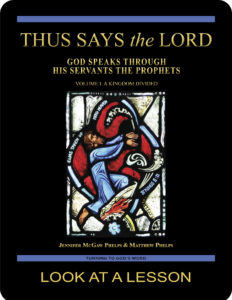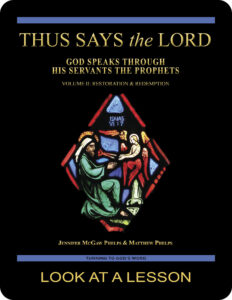raise up
 The Gospel According to Luke 24:33–34 (NABRE) records the experience of the two who met Jesus on the road to Emmaus: “So they set out at once and returned to Jerusalem where they found gathered together the eleven and those with them who were saying, “The Lord has truly been raised and has appeared to Simon!”
The Gospel According to Luke 24:33–34 (NABRE) records the experience of the two who met Jesus on the road to Emmaus: “So they set out at once and returned to Jerusalem where they found gathered together the eleven and those with them who were saying, “The Lord has truly been raised and has appeared to Simon!”
What does it mean to resurrect or to raise up? The liturgy now has moved into the season of Easter, and so we celebrate the Resurrection of Jesus Christ from the dead. Like so many other Christian concepts, the root meaning behind the concept of resurrection has been truncated over time. The word now bears only the meaning of something being raised from the dead.
The Greek verb ἀνίστημι (anistemi) is the root of the concept of resurrection, and means “to make to stand up” or “to raise up.” Resurrection, according to its Greek root, is making someone or something to rise or to stand up. The linguistic implications are very similar to English with one notable exception. In the Greek language, it’s fairly apparent that resurrection is something that happens to one from the outside. It isn’t an action that one performs on oneself.
This distinction raises an interesting reflection. If Jesus did not raise himself from the dead, by what means was he raised? By what means can we be likewise raised? The question of what it means to raise up is at the very heart of the Easter season.
related topics: Ascension; Assumption; passion; ransom; Resurrection
you also may like our two-part study of the prophets

 Thus Says the LORD: God Speaks Through His Servants the Prophets—Volume I: A Kingdom Divided examines the prophets in their historical context using the First and Second Books of the Kings and other Old Testament passages written before the Babylonian Exile in 586 B.C. Volume II: Restoration & Redemption looks at the post-exilic prophets. This 51-lesson Catholic Bible study builds on The United Kingdom of Israel: Saul, David & Solomon Foreshadow Christ the King. Click on the books’ covers to view a sample lesson from each volume.
Thus Says the LORD: God Speaks Through His Servants the Prophets—Volume I: A Kingdom Divided examines the prophets in their historical context using the First and Second Books of the Kings and other Old Testament passages written before the Babylonian Exile in 586 B.C. Volume II: Restoration & Redemption looks at the post-exilic prophets. This 51-lesson Catholic Bible study builds on The United Kingdom of Israel: Saul, David & Solomon Foreshadow Christ the King. Click on the books’ covers to view a sample lesson from each volume.
 Click on the picture of the statue of Moses with horns (above) to learn more about Lost in Translation. A new entry is archived each Monday. Contact us to receive Lost in Translation by email every week. You may use any of the contact links on our website to ask Matthew a question.
Click on the picture of the statue of Moses with horns (above) to learn more about Lost in Translation. A new entry is archived each Monday. Contact us to receive Lost in Translation by email every week. You may use any of the contact links on our website to ask Matthew a question.

Leave a Reply
You must be logged in to post a comment.